Iran suffered a defeat in the 12-day war with Israel. Its limited response to the IDF’s devastating strikes, alongside the penetration of Israeli intelligence into the highest security and political levels, revealed the fragility of Iran’s conventional military strength. Meanwhile, domestic hardships such as water shortages and droughts continue to worsen. However, neither the devastating war nor domestic hardships caused the Iranian regime to abandon even a fraction of its ideology. Since its grand strategy is entirely dictated by ideology, the regime has not yet shown any signs of adjusting its approach to reality. Although Iran’s asymmetric assets have either been lost or significantly weakened, Tehran still clings to other pillars of its strategy.
One of these pillars is what the Iranian doctrine refers to as “the unity of Resistance fronts” (vahdat-e jabhe-hay-e moqavvamat) or “the unity of battlefields” (vahdat-emaydanha). The late Qassem Soleimani, who was killed by U.S. forces, was credited with coining this term, which has since entered the Iranian strategic lexicon. This doctrine suggests that Iran and its proxies form a single, coordinated front across the Middle East. Despite setbacks on individual battlefields, Iran believes the integrated “Axis of Resistance” can employ asymmetric tactics, ideological appeal, and information warfare to outlast and weaken its adversaries. Each resistance front serves a specific goal that aligns with Iran’s long-term policy objectives. The military actions of some Iranian proxies are continually coordinated with the diplomatic efforts of Iran’s allies elsewhere. Consequently, one of the biggest mistakes Middle East analysts can make is viewing various resistance fronts as entirely separate issues without recognizing their close connection to Iran. For example, you cannot address the Houthis without considering that they receive guidance and weapons from Tehran.
Iran’s conventional military weakness forces it to rely on regional actors—both proxies and clients—to strike on its behalf. While these groups differ in their origins and autonomy, they share operational dependence on Iran for weapons, guidance, and coordination in actions against Israel. Unlike Hezbollah, which was created by Iran, the Houthis are a long-standing Yemeni movement. Nevertheless, they coordinate closely with Tehran on maritime operations and depend on Iranian weapons and support in their attacks against Israel.
This principle also applies to other regions where Iran is active, such as the South Caucasus. Each of the Caucasus nations, including Armenia, has its own interests and interactions with Iran. For example, Armenian Prime Minister Nikol Pashinyan pursues independent policies aimed at gaining greater independence from Russia to resolve disputes with Azerbaijan. However, Tehran actively opposes Pashinyan’s policies because improved coordination between Azerbaijan and Armenia, with the support of the United States, could threaten Iran’s access to the Zangezur area.
The significance of the Zangezur corridor lies in its role as a crucial trade route facilitating the flow of goods from China to Europe. Naturally, Iran wishes to maintain its influence over this area and opposes any arrangement between Azerbaijan and Armenia that would reduce Yerevan’s reliance on Tehran.
Iran wages war on multiple fronts, adapting its methods—ranging from armed proxy attacks to diplomatic maneuvering—to local conditions. Yet these varied tactics all serve a single strategic purpose: advancing Muqawama, its ideological campaign against Zionism, Western imperialism, and perceived regional encirclement.
For this reason, the issue of the Zangezur corridor in the Caucasus holds strategic importance for the U.S. as well.
Peaceful Overtures vs. Unyielding Red Lines
Tehran continues to signal its willingness to engage in talks regarding its nuclear program. However, a closer examination of statements made by Iranian officials since the end of the 12-day war with Israel reveals that Tehran’s negotiating stance on the nuclear issue has largely remained unchanged. Iran’s president, Masoud Pezeshkian, emphasized in a June interview with Oman TV that he is open to cooperation and highlighted his country’s readiness to permit verification. Nonetheless, he quickly added that Iran will never give up uranium enrichment for peaceful purposes.
Deputy Foreign Minister Kazem Gharibabadi visited the United Nations in New York for three days starting on July 24 and outlined conditions for resuming talks with the U.S. He posted on X that any fresh talks with Washington must include trust-building measures and be free of hidden agendas. He also warned of stronger retaliation if Israeli and American strikes on Iran were to resume. During his visit to the UN, Gharibabadi urged global action on Gaza. His statements echoed those of Foreign Minister Abbas Araghchi, who had reiterated similar messages earlier, including the need for commitments regarding Gaza.
All these statements are highly coherent and adhere strictly to the Leader’s guidelines: Iran is ready to talk, but it will not concede anything. One might logically assume that following the devastating strikes in June, the Iranian regime would lose its appetite for supporting Hamas; however, the statements mentioned above prove the opposite. On July 24, Foreign Minister Abbas Araghchi reaffirmed Tehran’s demands ahead of the talks in Istanbul, emphasizing that the war did not change Iran’s determination to continue uranium enrichment.
Thus, despite some Iranian gestures, such as President Pezeshkian’s interview with Tucker Carlson, the Iranian regime has so far stuck to its traditional aggressive, inflexible stance. While this does not imply that Iran will resume its nuclear program any time soon—due to the lack of real capacity to restart it—this confrontational posturing rules out any compromise with the U.S. and European powers. There is a logic to this posturing, given Khamenei’s dilemma. Under the current circumstances, any Iranian agreement to concede on its demands would be interpreted as surrender. Accepting any form of surrender would be tantamount to political suicide for Khamenei.
Iran is ready to talk with the U.S. and the West, but it will do so only on its terms, particularly by insisting on maintaining its nuclear program. Analyzing the Iranian statements reveals that even after the war, Iranian officials will not deviate from Khamenei’s red lines. This posturing does not bode well for the prospects of any agreement or arrangement with Iran in the near future.
Iran-Houthi Strategic Coordination
Shortly after the ceasefire with Israel, Iran decided to rearm the Houthis on an unprecedented scale. In mid-July, Yemen’s National Resistance Forces (NRF) intercepted 750 tons of advanced Iranian weaponry—the largest seizure in their history—revealing Tehran’s strategic calculation that proxy capabilities required immediate reconstitution despite diplomatic agreements. This massive weapons transfer, combined with renewed Houthi maritime attacks and escalating rhetoric, demonstrates how diplomatic efforts failed to alter the fundamental regional power dynamics within the Iranian proxy network.
Iran’s weakened position following the 12-day war has led to more reckless proxy support, while the Houthis have demonstrated unprecedented operational autonomy. Iranian officials publicly denied the weapons transfers in Persian-language media, but intelligence assessments reveal that sophisticated command structures remain intact. This pattern of denial, coupled with accelerated weapons flows, signals Iran’s adaptation to a new regional reality where traditional proxy control has evolved into more flexible partnership models.
Houthi Escalation through Official Arabic Statements
Abdul-Malik al-Houthi’s weekly speech delivered on July 17 marked a critical escalation in both capabilities and rhetoric. Speaking on Al-Mayadeen TV, he announced that his forces “carried out 11 operations this week using hypersonic missiles and drones. These operations targeted sites belonging to the Israeli enemy in Jaffa, Negev, and Umm al-Rashrash (Eilat) inside occupied Palestine.”
Recently, the Houthis declared the “fourth phase of the maritime blockade against the Israeli occupation.” This phase includes “targeting all ships belonging to any company dealing with Israeli occupation ports, regardless of the nationality of that company, and in any place reached by the armed forces.”
Houthi diplomatic messaging simultaneously maintained legal justification frameworks. Foreign Minister Jamal Amer’s letter to the UN Security Council, dated July 21, confirmed the “commitment to international law principles and UN charters, including freedom of international navigation in vital waterways.” This dual messaging—escalation coupled with claims of legal adherence—reflects sophisticated strategic communication designed to maintain international legitimacy while expanding operational scope. Not coincidentally, this Houthi approach aligns with the Iranian narrative, merging victimhood and legality regarding Iran’s “undeniable right to enrichment.”
Iranian Strategic Silence and Official Denials
Iran’s response pattern reveals calculated strategic communication designed to maintain plausible deniability while continuing weapons transfers. Foreign Ministry spokesman Ismail Baghae’i’s categorical denial of Iranian assistance to the Houthis on July 16 came swiftly. In response to CENTCOM’s announcement of the weapons seizure, he labeled the report ‘baseless’ and suggested it was part of a media campaign against the Islamic Republic of Iran.
The speed of this denial—issued within 24 hours—suggests a pre-planned communication strategy rather than reactive damage control. Iranian media outlets such as Fars News, Tasnim, and IRNA maintain extensive historical documentation of Iran-Houthi relationships while avoiding specific commentary on post-ceasefire activities. This pattern indicates coordinated information management across the state media apparatus.
Iranian sources reveal that sophisticated coordination mechanisms have been in place for a long time. Fars News, citing the British Telegraph, reported that Yemen’s Houthis received training at the Imam Khamenei University of Maritime Science and Technology in Zibakenar, Rasht, with Khamenei personally supervising their activities.
Khamenei praised Houthi attacks on ships in the Red Sea and missile strikes against Israel following the sinking of the Greek-owned Eternity Cargo C ship. He also commended the Houthis for their support for Gaza.
Iran’s strategic interaction with the Houthis is rooted in the belief that the U.S. remains hesitant to directly associate the Houthis with Iran, thereby holding Tehran solely accountable for their actions. While Western and Israeli analysts debate the extent of the Houthis’ operational independence, the situation on the ground leaves no room for doubt that the Houthis are guided and instructed by Iran.
Anti-Houthi media in Yemen assert that Tehran is signaling that if Israel and the U.S. engage in a new war against Iran, international maritime navigation will be compromised. The anti-Houthi website 26sep.net has urged that maritime security be bolstered, blaming Iran for turning the Red Sea into an arena of battle.
The Houthis have denied accusations from the internationally recognized Yemeni government regarding the establishment of a Captagon manufacturing plant in al-Mawhit province under their control. The mention of Captagon suggests a connection between the Houthis and Hezbollah, which explains much about the Yemeni group’s interactions with Iran. The Iranian regime utilizes Hezbollah as a subcontractor and instructor in Yemen, with Hezbollah training the Houthis on the ground on Iran’s behalf. They also “import” Captagon production facilities into Yemen, as this drug serves as one of Hezbollah’s sources of income.
Yemen’s Foreign Minister Shayea al-Zindani submitted an official protest to the Security Council, on July 24, citing the NRF’s seizure of a 750-ton weapons shipment earlier that month. Al-Zindani noted that the trade name, model, markings, and serial numbers were consistent with military equipment manufactured in Iran.
These findings leave no doubt regarding Iran’s responsibility for the actions of the Houthis. In this context, pseudo-analytical debates about the degree of Iran’s involvement only serve to allow Tehran to evade accountability.
Iranian Disruption in the South Caucasus
U.S. Ambassador to Turkey, Tom Barrack, suggested that Washington take over the Zangezur corridor and manage it in partnership with Azerbaijan. The Zangezur corridor is a transit route linking Azerbaijan to its Nakhichevan enclave through territory currently under Armenian control. Iran unofficially pressures Armenia to reject American and Azerbaijani initiatives. It does so through skillful exploitation of Armenian internal divisions. President Nikol Pashinyan seeks to resolve outstanding issued with Azerbaijan and pivot toward the United States, distancing Armenia from Russia. However, Pashinyan faces powerful opposition from multiple fronts, ranging from the Armenian diaspora to the Armenian Church. Iran is acutely aware of these Armenian intricacies and exploits them to block any shift that might undermine its regional influence.
The American proposal triggered hysteria in Iran. Iranian leaders at the highest levels have consistently voiced fierce opposition to any initiative involving the Zangezur corridor, as it provides Iran with overland access to Armenia and onward to Russia and Europe. Even partial control of the corridor by Azerbaijan would cut off Iran’s access to this vital trade route. Khamenei referenced the Zangezur issue in 2022, voicing his opposition to any policy “aiming to block the Iran-Armenia border.”
As of July, Yerevan has not responded to Washington’s proposal, although it has not officially rejected it. The Secretary of Iran’s Supreme National Security Council (SNSC), Ali Akbar Ahmadian, reiterated Iranian concerns to his Armenian counterpart, Armen Grigoryan, in a phone call. Ahmadian expressed support for Armenia’s stance and emphasized Tehran’s objection to any “geopolitical reshaping of the region.”
“Western Zionist Plot against Iran”
Khamenei’s top foreign policy adviser, Ali Akbar Velayati, described the American proposal as a plot against Iran and Russia. According to Velayati, the goal of this plan is to sever Iran’s connection with the Caucasus and encircle both Iran and Russia. He also stated that Iran’s deployment of troops near the border region and military drills are deterrence measures.
The official news agency IRNA argued that the Zangezur corridor initiative is a “great game” orchestrated by NATO to weaken the Iran-Russia-China alliance. The outlet urged Tehran to communicate its red lines to Azerbaijan, Turkey, and Western powers, and to consider employing military and economic tools to assert its deterrence if necessary.
IRGC-affiliated outlets have furtherer exacerbated the regime’s fears: Fars news warned that, in addition to severing Iran’s access to strategic routes, the American plan would establish a permanent U.S. presence along its borders. Fars views all these initiatives as evidence of Israeli efforts to build a coalition against Iran. The accusations of plots and conspiracies should not distort the understanding of Iran.
Moderate outlets used less aggressive language, yet their concerns were equally important. The reformist Sharq highlighted the risks for Iran related to the Zangezur corridor issue and encouraged Iranian leadership to strengthen ties with Armenia and pursue more active diplomacy in the Caucasus. Moderate conservative Tabnak echoed concerns about a potential encirclement of Iran by Israel through manipulation of Azerbaijan and the U.S. regarding the Zangezur issue, concluding that if this occurs, Iran will have no choice but to fight. Tabnak emphasized that Zangezur is far more critical for Iran’s security and economy than the Arvand Rud River (Shatt al-Arab)—dispute over the waterway was one of the main factors leading to the outbreak of the Iran-Iraq War.
The Kremlin’s Indifference
Most Iranian media tend to emphasize threats not only against Iran but also against Russia and China. However, the Kremlin’s response was relatively calm and dismissive. Kremlin spokesperson Dmitri Peskov referred to the American proposal as “an internal affair of Armenia and Azerbaijan.” Moscow’s awareness of its weakness explains the Kremlin’s indifference. The public dispute with Azerbaijan has further weakened Russia, leaving it without leverage in the Caucasus. Helping Iran has never been a priority for Russia.
Accusations of plots and conspiracies should not distort the understanding of Iran. The strong references to the Zangezur issue by both “hard-liners” and “moderates” demonstrate that Iran genuinely fears another strategic setback in a region it considers its sphere of influence. If the matter weren’t so serious, the Supreme Leader’s top adviser, Velayati, wouldn’t have felt compelled to respond. In other words, the veteran diplomat’s statement underscore the strategic importance of the South Caucasus.
If Iran continues to adhere to the key elements of its strategy, that will not mean that the Israeli and American strikes were ineffective: their goal was to eliminate nuclear and missile capabilities. The regime is objectively weaker now. A better understanding of the Iranian principle of the unity of fronts can aid in countering Iranian threats more effectively across multiple fronts. It is crucial to remember that the only way to confront the Houthis is to make Tehran pay a price, and the Zangezur corridor is one of the most critical strategic assets that Tehran fears losing.
JISS Policy Papers are published through the generosity of the Greg Rosshandler Family.
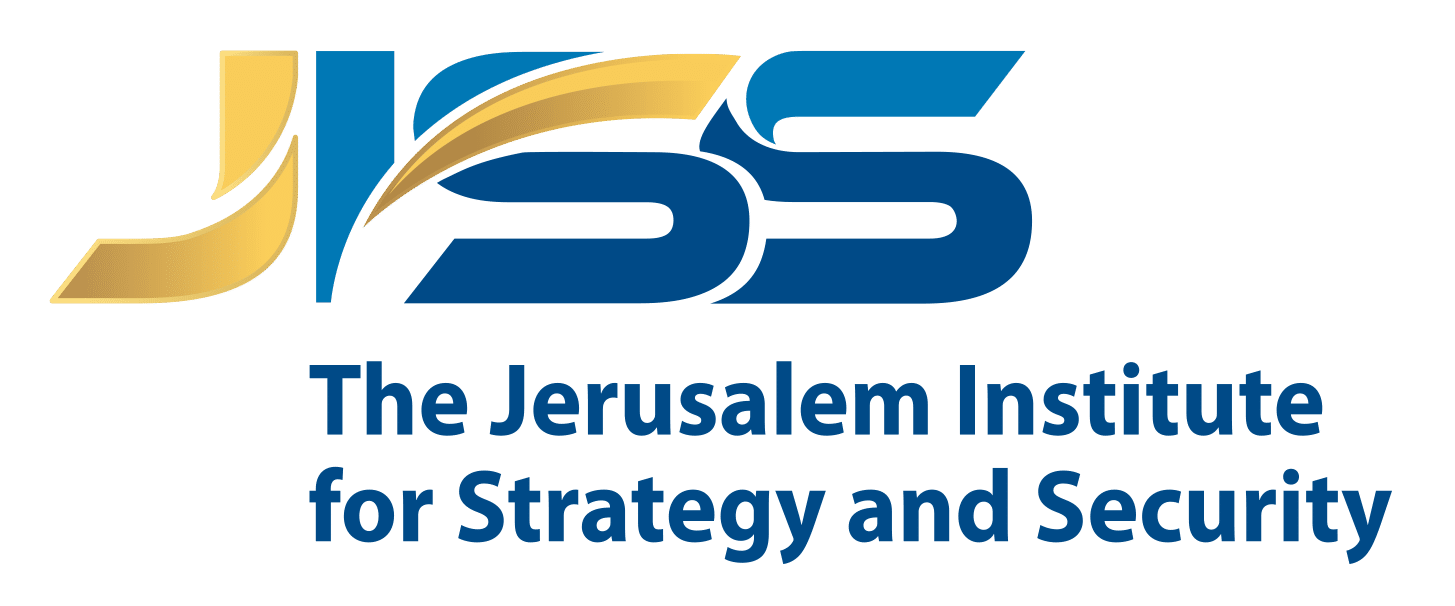







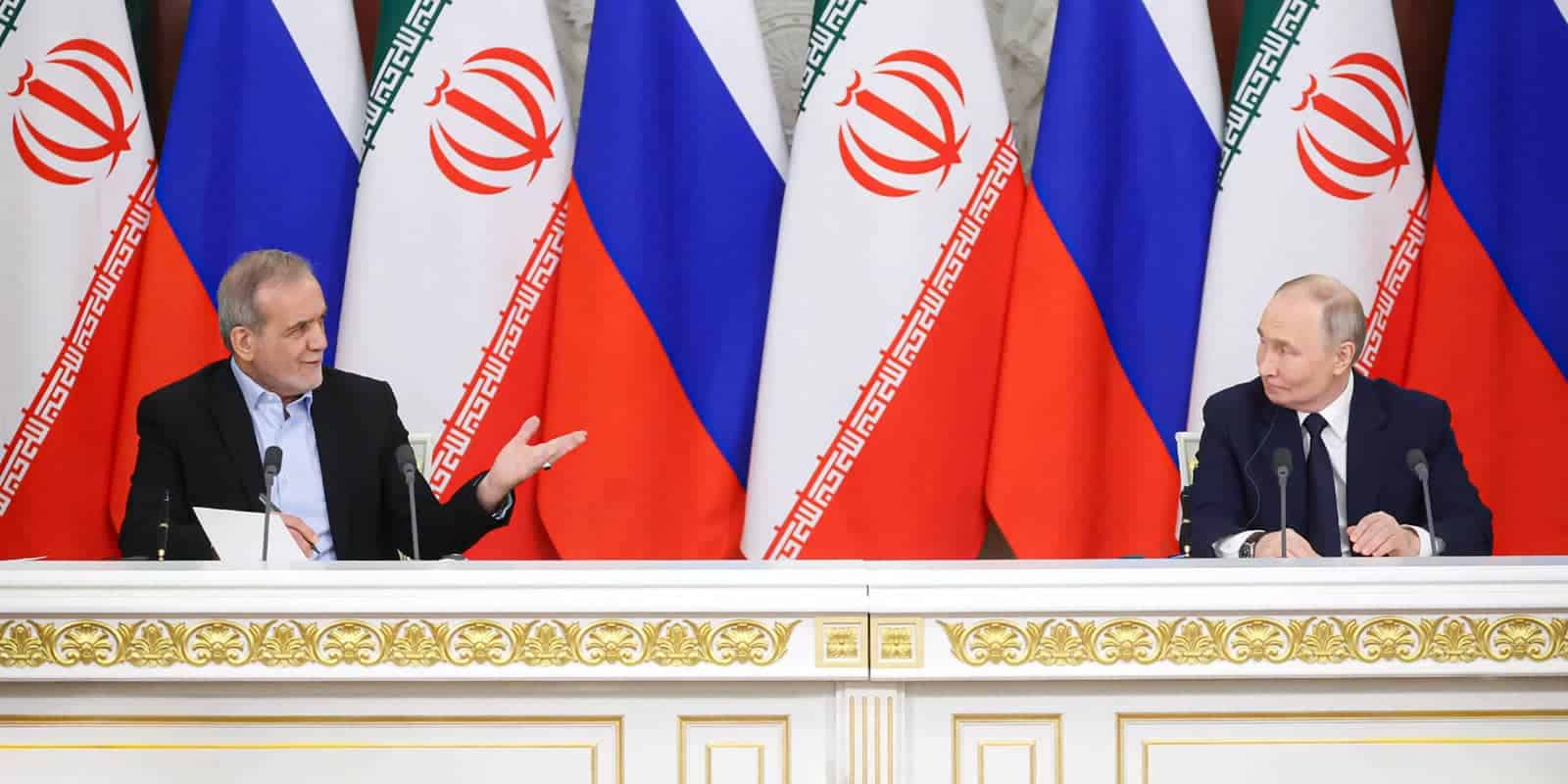
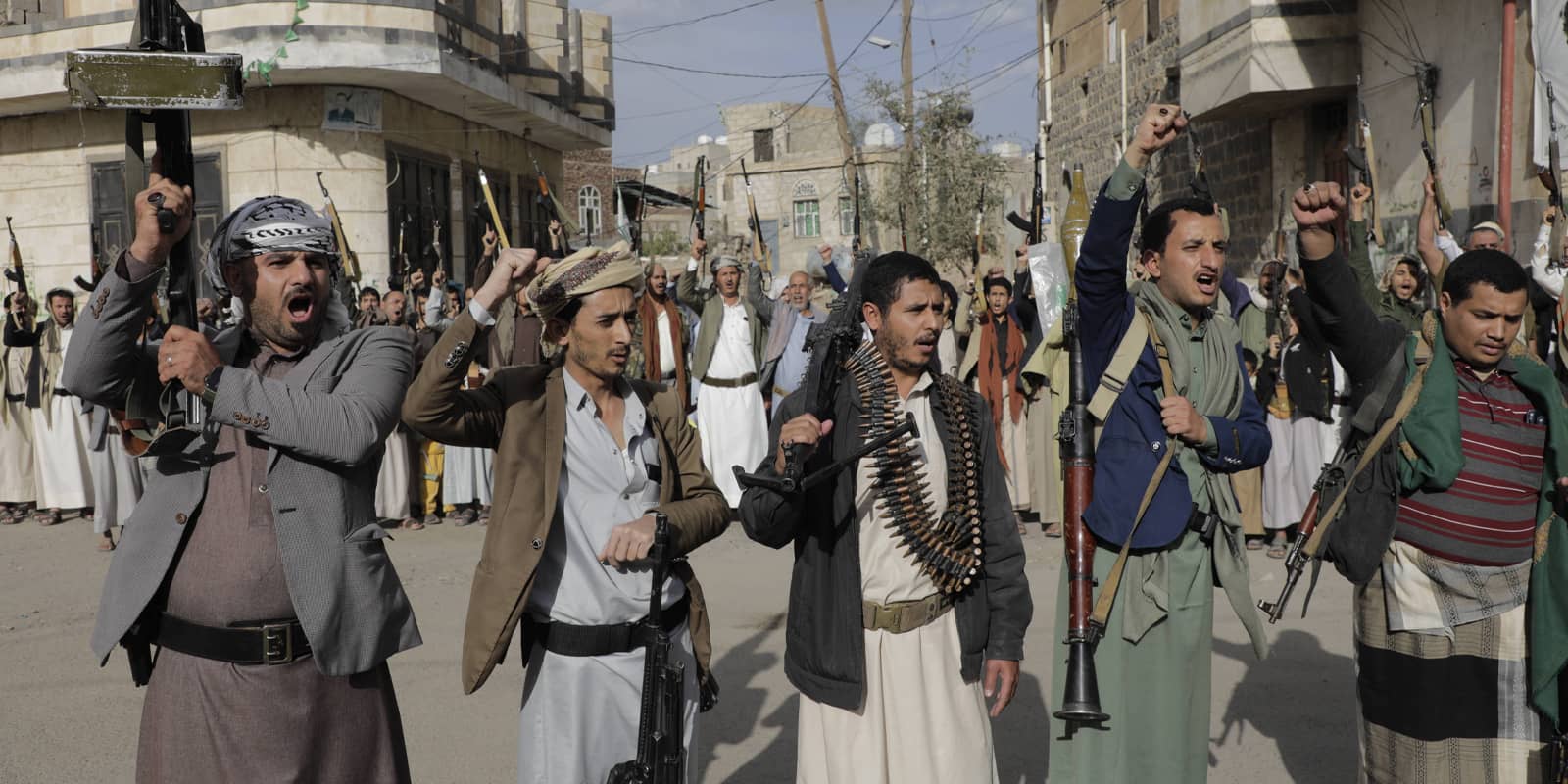
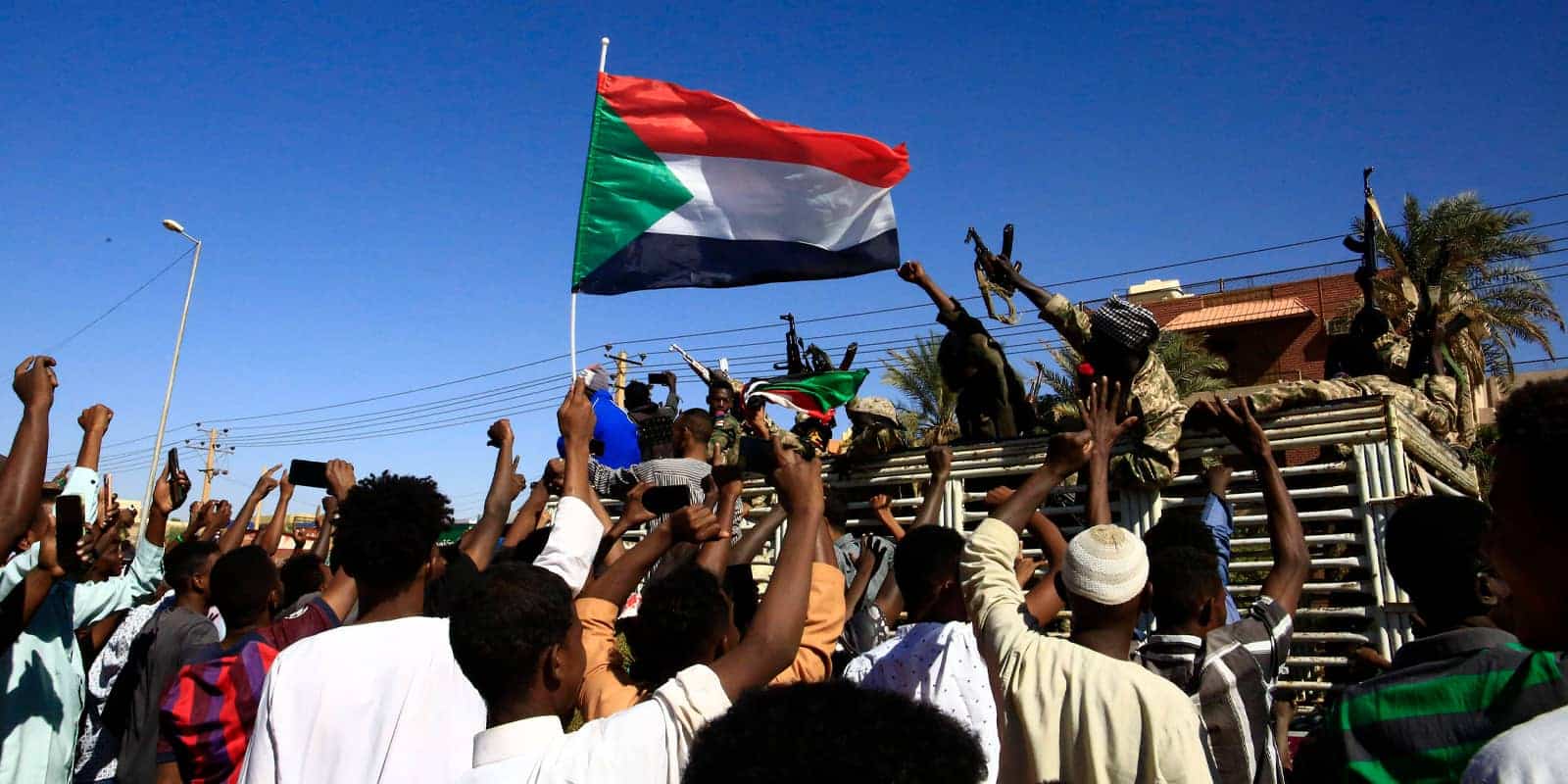


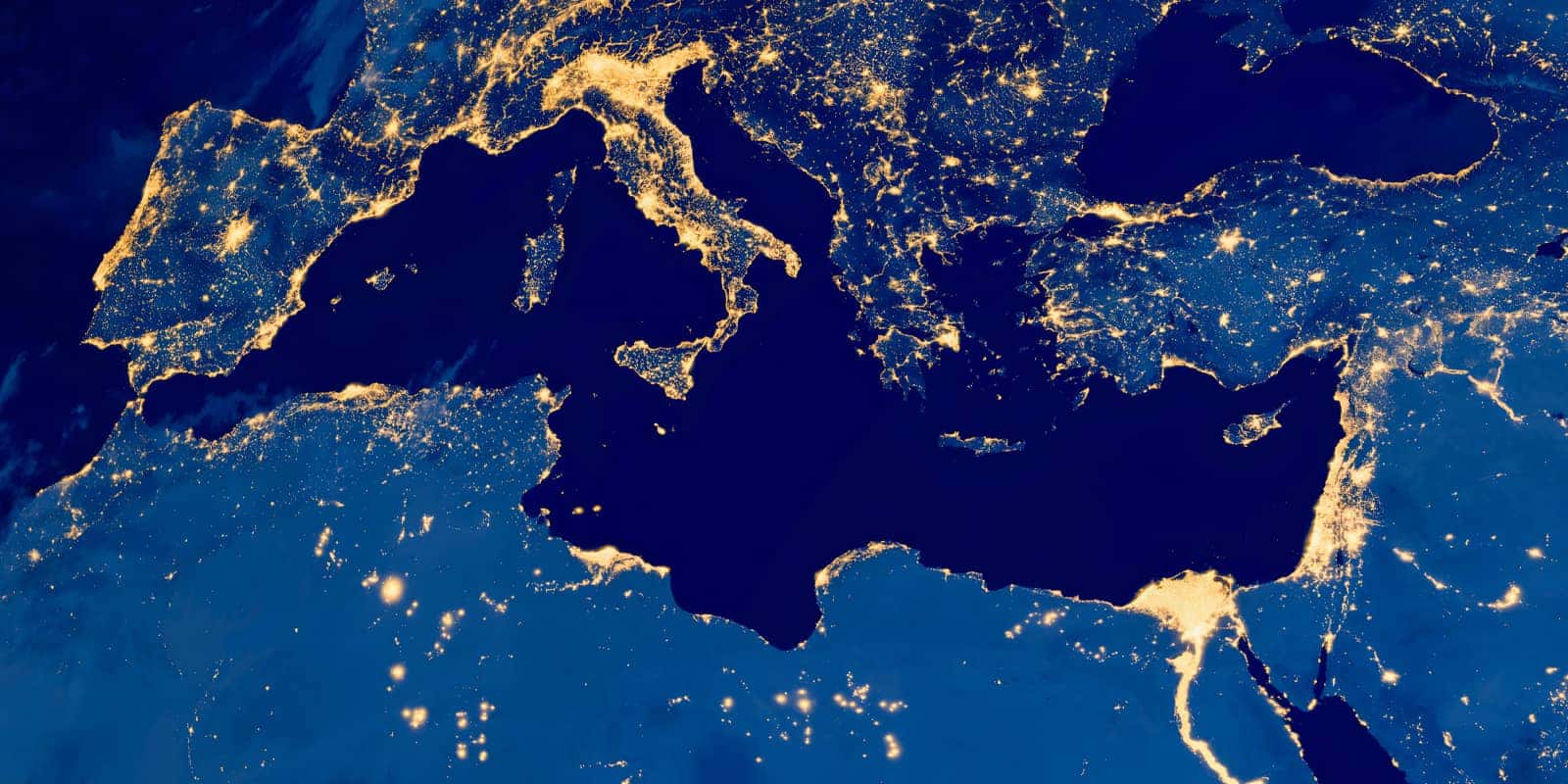

Israel’s Veteran Peace Partners: The Role of Egypt and Jordan in the Context of Trump’s Gaza Plan